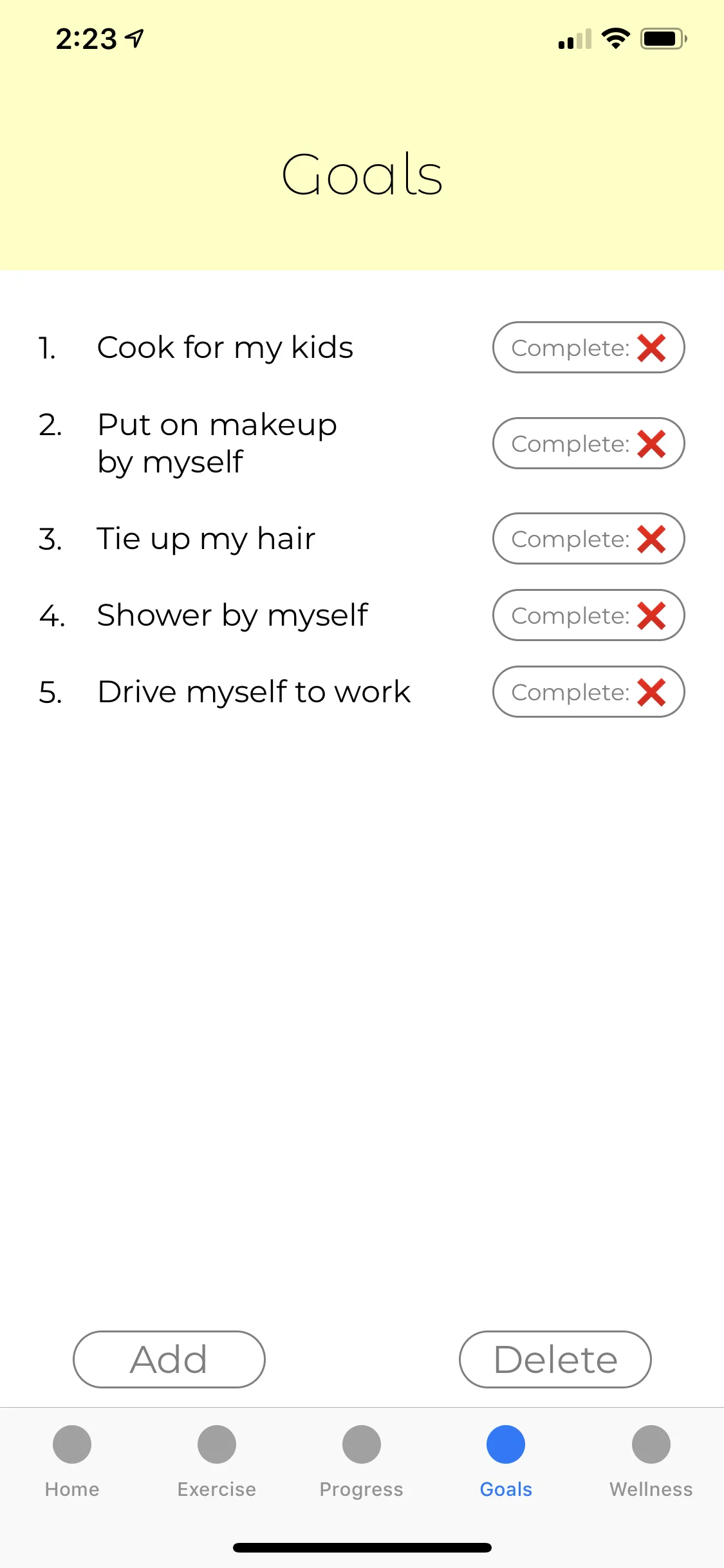Arm Movement Tele-Rehabilitation
System that tracks, analyses, and stores a patient’s arm movement.
How do breast cancer surgery patients recover post-op?
Generally, a patient will need around 5-8 rehabilitation sessions to regain the bare minimum of their former movement to do basic tasks around the house. Each session can cost around $80, and insurance does not typically cover it.
How can we make recovery easier for them?
In order to solve the accessibility problem, the in-person sessions need to be kept to a minimum. This way, we can cut costs and eliminate the transportation needs. Additionally, a large part of a patient’s recovery lies in their motivation to get better. Their occupational therapist act often acts as a shoulder for them to lean on, so we need to ensure that the patient does not lose their motivation throughout their treatment.
The idea
We need a system that can be used in the comfort of the patient’s own home. Using an array of sensors wired into a fitted, yet comfortable jacket, the system tracks a patient’s arm movements as they do their rehabilitation exercises. This information is then relayed to a smartphone where the data is processed into understandable metrics such as number of repetitions or range of motion. The data then needs to be presented in a way that encourages their progress such that the patient feels motivated to finish their recovery.
My Role
iOS Development
I wrote the application in Swift from scratch mainly using the following libraries: UIKit, CoreGraphics, CoreBluetooth, and CoreData. I wrote the codebase for the Bluetooth interface on the bluetooth module — the ESP32 — and established the data storage structure of the app. The following images are screenshots of the app running on an iPhone XS Max.
Home: The home screen displays the user’s goals and overall progress to recovery.
Wellness: A built-in wellness assessment survey allows the occupational therapists to gauge their patients’ mental and physical well-being.
Motivate
The first purpose of this app is to motivate the patient to recover. There are two main methods implemented here: self-set motivational goals and visualization of progress.
Goals: The patient sets their own goals. These include everyday tasks that they might have lost the ability to perform because of their operations.
Workouts: the patient selects the rehab exercise that they will perform next.
Guide
The app helps the patient perform their exercises and it monitors the patient's form in real-time, prompting them to correct their posture before continuing the exercise.
Exercise Guide: The small circular graph displays a the user’s movements and their rep count in real-time as they perform their exercises.
Session Stats: Immediately after an exercise, patients can view how well they performed during an exercise.
progress
Here, the patient can see their progress and stats over time or immediately after a session. Visualization of progress can act as a strong motivational tool.
Progress: All of the patient’s past session data is compiled in a graph. Their personal bests are also displayed below.
PROTOTYPE DEVELOPMENT
The wearable sensor array is made up of four 9 Degree-of-Freedom (DoF) Inertial Measurement Units (IMUs). I worked on the power source requirements and designed the mechanical interfaces of the system. Below is a rapid prototype of a pull tab mechanism for the custom breakout boards used in the circuitry.



